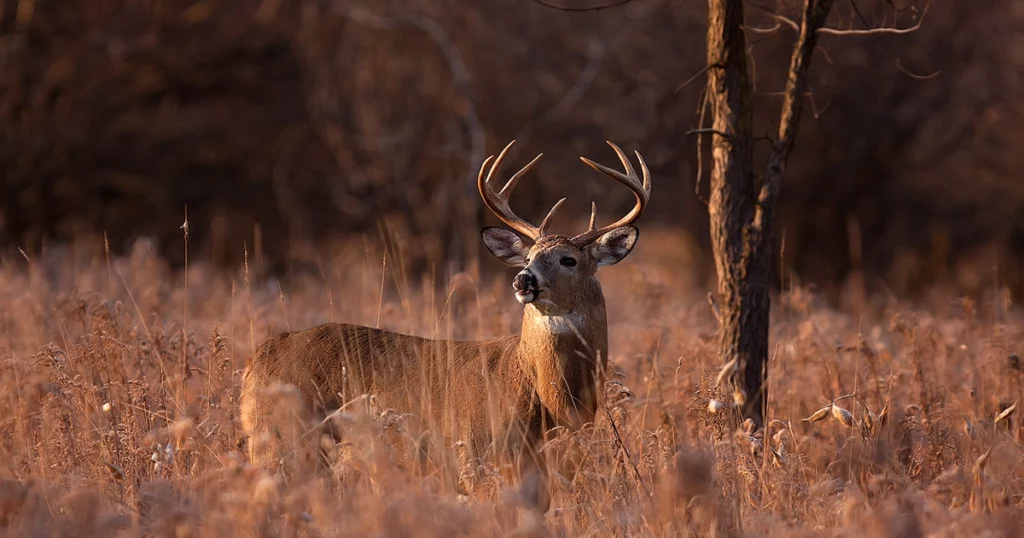One of the greatest challenges for landowners that hunt is finding ways to attract – and hold – big bucks. If you find yourself only coming across a few young bucks on your property and far too many does, it may be time to start managing your land for deer. With the right deer management plan in place, even a small parcel can hold a healthy, balanced herd.
Create the Ideal Habitat
Deer need plenty of food, water, cover and a feeling of security in order to stick around. Plant food plots if you haven’t done so already. A one-acre food plot can provide as much forage as hundreds of acres of mature woods. To satisfy water needs, build a pond. Deer need about one-and-a-half quarts of water per day; they can get some from vegetation, but even a quarter-acre pond can serve the needs of the entire herd and be the difference between them staying or going.
For cover, establish at least one “sanctuary” near the center of your property that’s off-limits to hunting, hiking or any human activity. This sanctuary should have thick cover so deer feel secure. On other portions of your land you should consider selective cutting of timber; doing so allows more light to reach the forest floor, creating succulent new growth and thicker cover. Plant clusters of evergreens in areas where deer might bed to provide them with year-round cover.
Hunt Smarter
Your own hunting habits can have a vast effect on the size and quality of the herd. Older bucks can sense hunting pressure and will often become nocturnal or leave to find less pressured ground if multiple people are regularly stand-hunting your land, so be sure to limit your hunting pressure. When you do hunt, make a point to harvest does and pass on young bucks. This will lead to a more even doe/buck ratio, give bucks a chance to mature and grow larger racks and create more breeding competition and a more intense rut.
Work With Your Neighbors
Get to know your surrounding landowners. Ask them if they’re seeing as many good bucks as they’d like. Explain what you’re doing to improve deer habitat and ask if they’d like help with work that needs to be done. Even if they’re reluctant at first, leading by example and showing the positive results of your deer management plan may eventually convince them to do likewise, which will benefit all parties.
Ask For Help
Don’t hesitate to consult with the U.S. Department of Agriculture’s Natural Resources Conservation Service, your state game department or forestry department, your local agricultural extension agent and others for advice. These agencies can provide biologists, foresters and agricultural specialists to assist you in your management plan, often free of charge.
Keep Records
Be sure to track how many deer are harvested on your land; their age, weight, sex and rack measurements. Keep track of how productive your food plots are and how well the deer use them. Also, keep tabs on when rutting activity begins and ends, and the number of fawns with does. All of this information can help you know what to adjust in your land management plan in order to maintain the highest quality herd possible. Happy hunting.
United Country Real Estate is nation’s largest seller of land; if you’re interested in buying or selling land, visit www.unitedcountry.com today.

